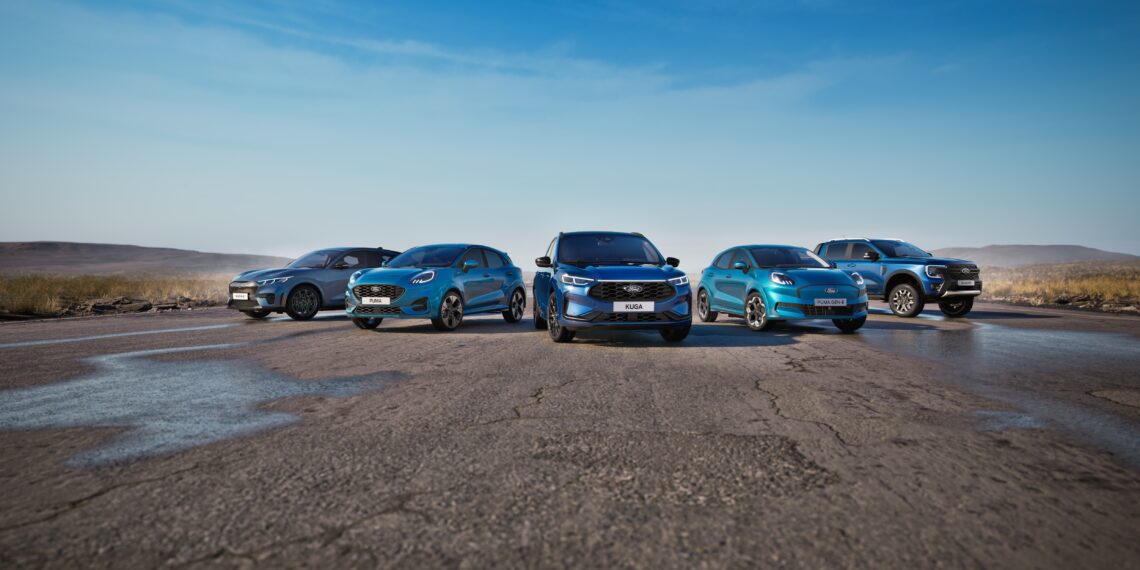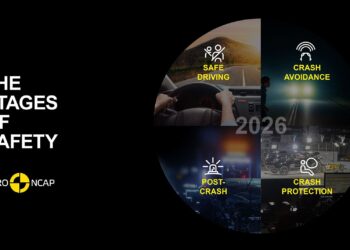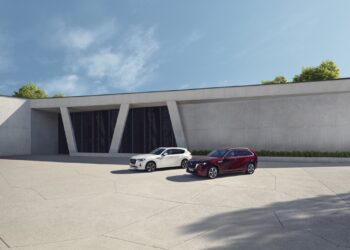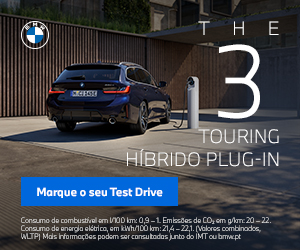Ford’s BlueCruise technology, which provides electronic assistance for highway driving, launched in 15 European countries, including Portugal, in 2024, in the Mustang Mach-E, after receiving the green light for this purpose from the authorities in Brussels (the system had already been introduced in North America in the second half of 2021 and approved in both Germany and the United Kingdom in 2023). Next year, three more models from the blue oval brand will be able to offer “hands-free” driving (Level 2 autonomous driving) on certain stretches of highway, provided they are equipped with the so-called Driver Assistance Pack: Puma, Kuga, and Ranger.
It is important to note that BlueCruise is available only on a network of “mapped” roads – at the start of its commercialization in the Old Continent, there were already over 133,000 km of highways classified as “Blue Zones.” According to the American brand, currently, over one million vehicles equipped with this technology, which allows hands-free driving but only in highway environments and as long as the user demonstrates they are in control of operations – if a distraction is detected, the system automatically stops, as there is a camera that continuously monitors the concentration levels of the driver. Additionally, including figures from Lincoln, the prestige brand of the Dearborn manufacturer, approximately 888 million kilometers have already been driven with this system.
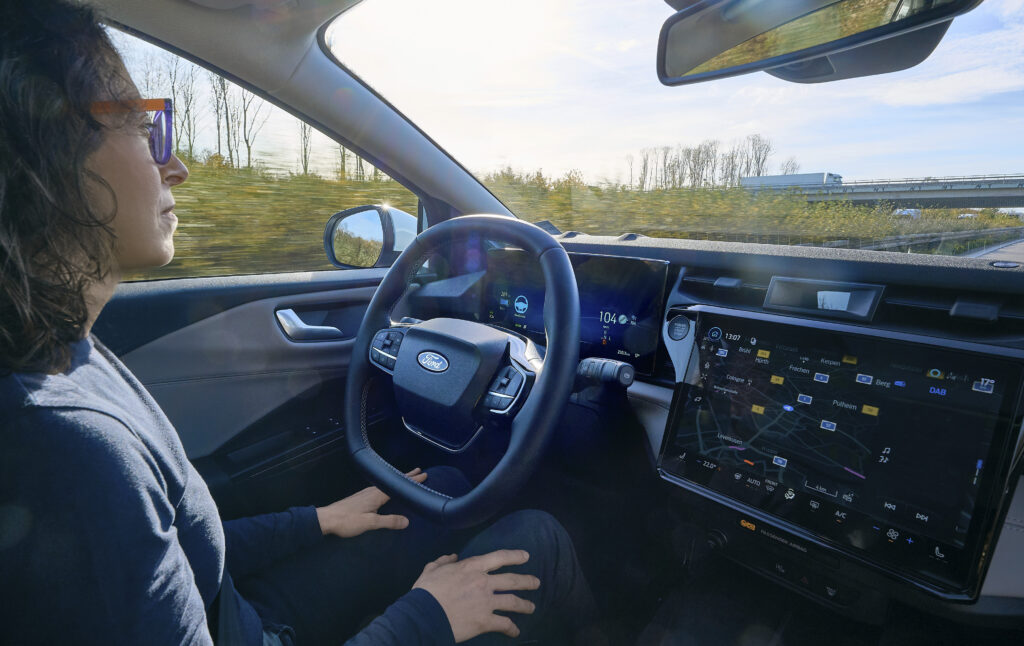
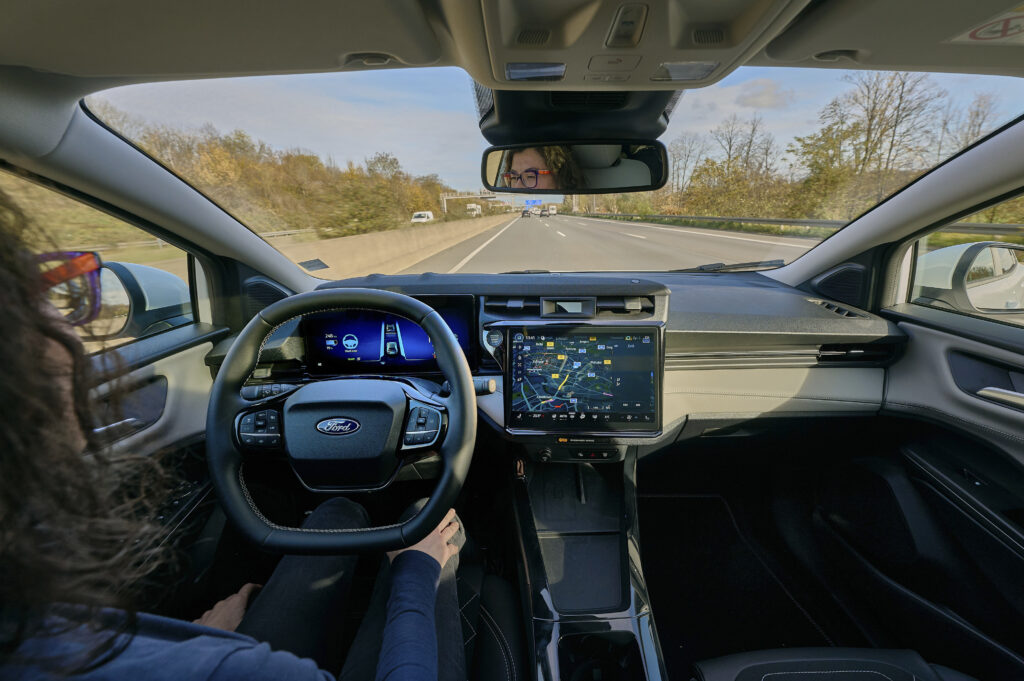
“We intend to put this cutting-edge technology in the hands of more drivers… BlueCruise will be available in five models in Europe,” said Torsten Wey from Ford Europe. The system is based on Intelligent Adaptive Cruise Control and automatically manages steering, acceleration, and braking by recognizing lane positioning and distance to preceding vehicles. Simultaneously, using a combination of cameras and radar, it monitors lane markings, traffic signs, including speed limits, and traffic conditions.
If the technology is used in a highway area designated as a Blue Zone, the driver can even take their hands off the steering wheel, but only after the system verifies that they are attentive to the road and the surrounding environment. It does this using an interior camera that continuously checks the position of the eyes and head.

